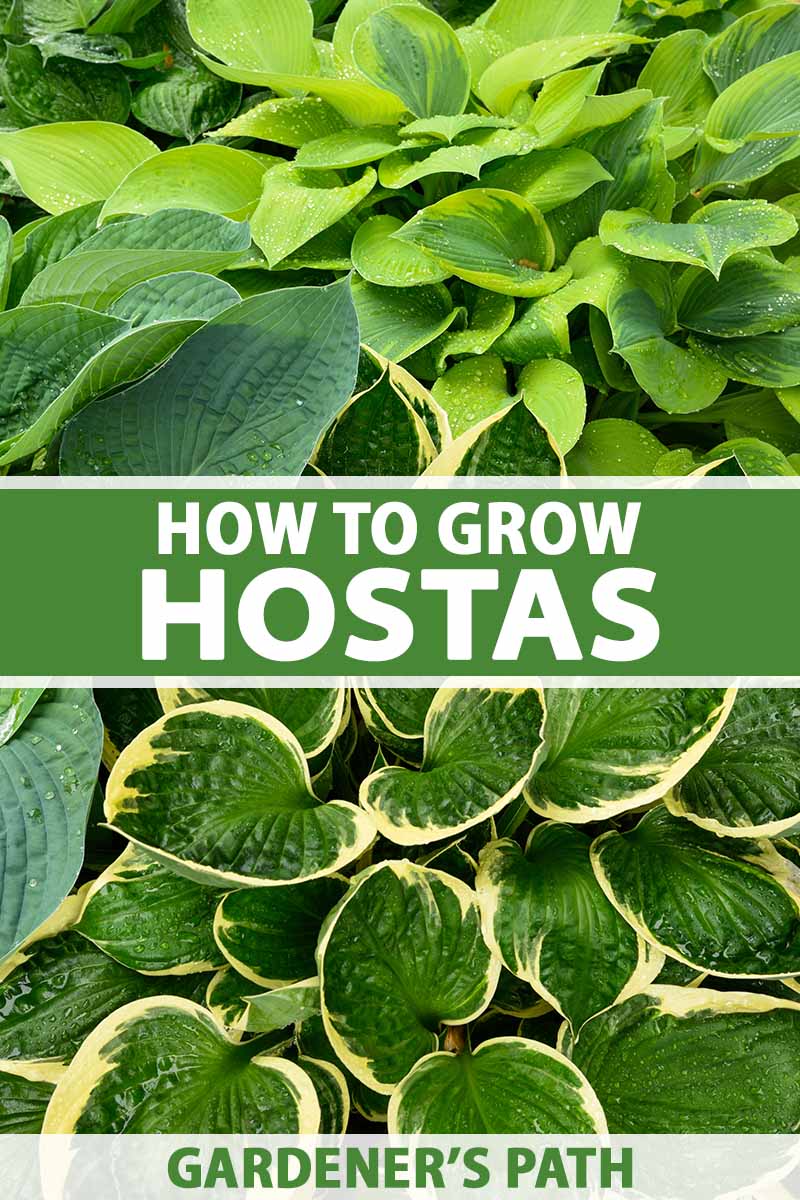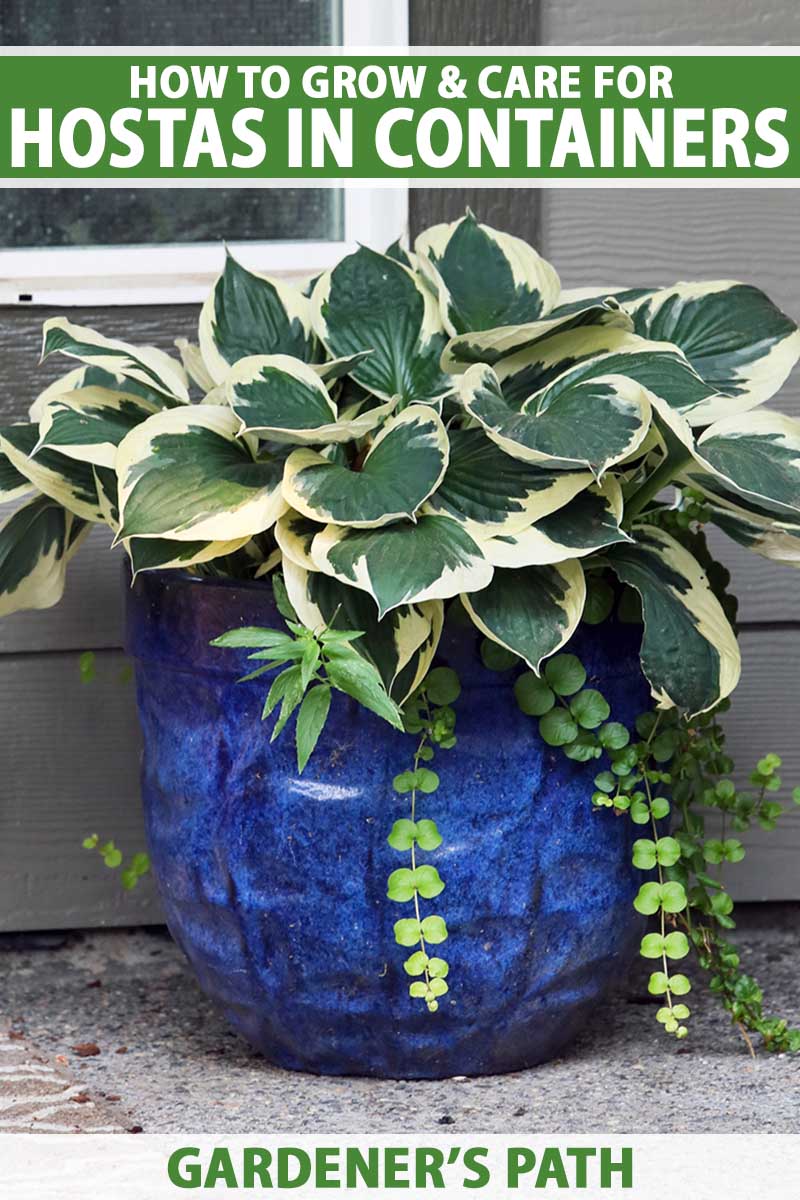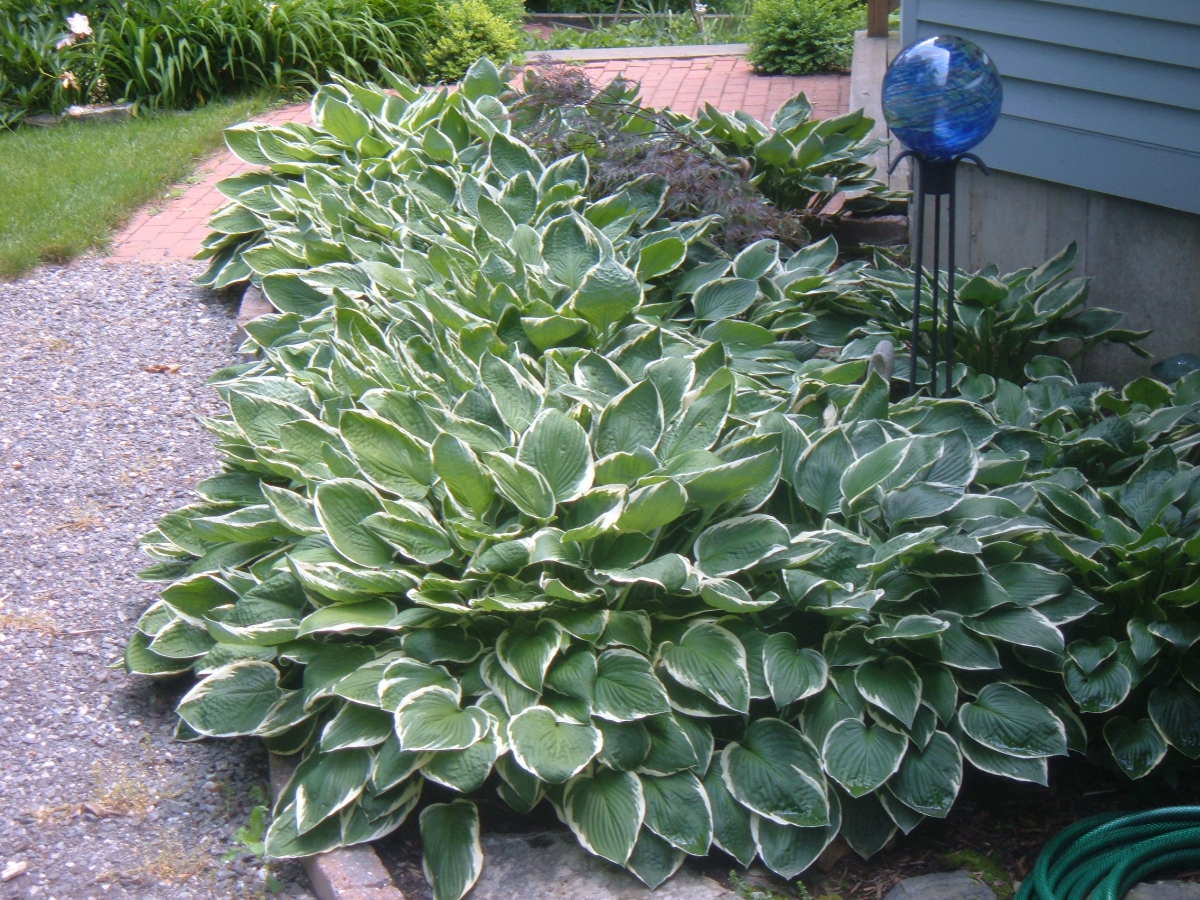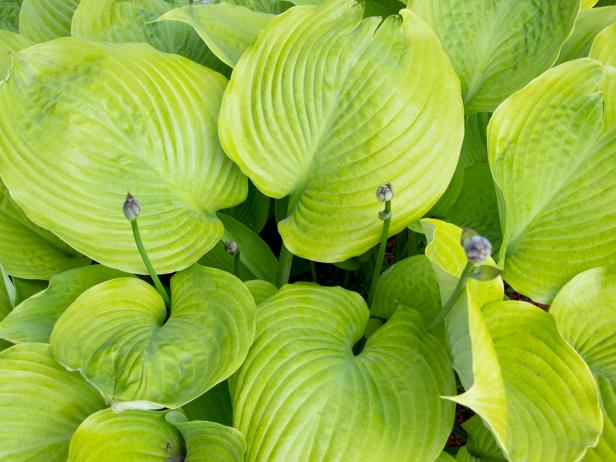What Makes Hostas a Low-Maintenance Delight
Hostas are a popular choice among gardeners due to their ability to thrive in shade, require minimal care, and provide beautiful foliage. These versatile perennials can add elegance and simplicity to any outdoor space, making them an excellent addition to gardens of all sizes. One of the most appealing aspects of hostas is their hardiness, allowing them to come back year after year with proper care. This means that once you’ve planted your hostas, you can enjoy their beauty for years to come, with minimal effort required. Whether you’re looking to add some color and texture to a shaded area or create a stunning border, hostas are an excellent choice. With their low-maintenance requirements and ability to adapt to a variety of conditions, hostas are an ideal choice for busy gardeners or those new to gardening.
How to Ensure Your Hostas Return Year After Year
To ensure that your hostas come back year after year, it’s essential to create a hosta-friendly environment. This starts with soil preparation. Hostas prefer well-draining soil that is rich in organic matter. Adding compost or well-rotted manure to the soil can help improve its structure and fertility. When planting, make sure to space hostas correctly, allowing enough room for growth and air circulation. Watering is also crucial, as hostas need consistent moisture, especially during the growing season. However, be careful not to overwater, as this can lead to root rot. Mulching around the base of the plants can help retain moisture, suppress weeds, and regulate soil temperature. By following these simple tips, you can create an ideal environment for your hostas to thrive and come back year after year.
The Life Cycle of Hostas: Understanding Their Growth Patterns
Hostas, like all living organisms, go through a life cycle that consists of several stages. Understanding these stages is crucial to providing the best care for your hostas and ensuring they come back year after year. The life cycle of hostas begins with emergence, where the plants start to grow from the ground in early spring. During this stage, hostas require consistent moisture and nutrients to support their growth. As the plants mature, they enter the growth stage, where they produce beautiful foliage and flowers. The flowering stage is a critical part of the hosta’s life cycle, as it allows the plant to produce seeds and reproduce. After the flowering stage, hostas enter a period of dormancy, where they conserve energy and prepare for the next growing season. By understanding these stages, gardeners can tailor their care to meet the specific needs of their hostas, ultimately ensuring they do hostas come back every year in optimal condition.
Do Hostas Really Come Back Every Year?
The answer to this question is a resounding yes Hostas are perennials, which means they will regrow from the same roots year after year, given proper care. Unlike annuals, which complete their life cycle within a year, perennials like hostas have a longer lifespan and can come back year after year. This is because hostas have a robust root system that allows them to store energy and nutrients during the growing season, which they can then use to regrow in the spring. As long as hostas are provided with the right conditions, including adequate light, water, and nutrients, they will continue to thrive and come back year after year. So, do hostas come back every year? Absolutely, and with the right care, they can provide beauty and enjoyment to your garden for years to come.
Common Mistakes to Avoid When Growing Hostas
While hostas are generally low-maintenance, there are some common mistakes that can prevent them from coming back year after year. One of the most critical mistakes is over-watering, which can lead to root rot and other problems. On the other hand, under-watering can cause hostas to become stressed and vulnerable to disease. Another common mistake is inadequate winter protection, which can expose hostas to harsh weather conditions and cause damage. Additionally, failing to divide and replant hostas regularly can lead to overcrowding and reduced growth. By avoiding these common mistakes, gardeners can ensure that their hostas continue to thrive and do hostas come back every year in optimal condition. Other mistakes to avoid include planting hostas in areas with standing water, failing to provide adequate nutrients, and neglecting to remove dead foliage. By being aware of these potential pitfalls, gardeners can take steps to prevent them and enjoy the many benefits of growing hostas.
Divide and Conquer: How to Propagate Hostas
One of the best ways to ensure that hostas do come back every year is to divide and replant them regularly. This process not only helps to keep hostas healthy and thriving, but it also allows gardeners to share these beautiful plants with friends and family or to create new garden beds. The best time to divide hostas is in the spring or fall, when the plants are dormant. To divide hostas, start by digging up the entire plant, taking care not to damage the roots. Then, gently separate the individual crowns, making sure each section has at least one “eye” or growing point. Replant the divided hostas in well-draining soil, water thoroughly, and mulch to retain moisture. It’s also essential to care for newly divided hostas, providing them with adequate water and nutrients as they establish themselves. By dividing and replanting hostas, gardeners can enjoy an abundance of these beautiful plants and ensure that they continue to thrive year after year.
Hosta Care Through the Seasons
To ensure that hostas do come back every year, it’s essential to provide them with proper care throughout the seasons. In the spring, as hostas emerge from dormancy, remove any dead foliage and apply a layer of mulch to retain moisture and suppress weeds. During the growing season, water hostas regularly, but avoid over-watering, which can lead to root rot. Fertilize hostas lightly, as they don’t require a lot of nutrients. In the summer, hostas may need additional watering, especially during periods of drought. In the fall, as the weather cools, hostas will begin to go dormant. Cut back the foliage to within an inch or two of the ground, and apply a layer of mulch to protect the roots from freezing temperatures. In the winter, hostas require minimal care, but it’s essential to ensure that the soil doesn’t freeze, which can damage the roots. By following these seasonal care tips, gardeners can ensure that their hostas remain healthy and thrive year after year.
In addition to seasonal care, it’s also important to address common pests and diseases that can affect hostas. Slugs and snails can be a problem, especially in the spring and summer. Use copper tape or crushed eggshells around the plants to deter these pests. Hostas are also susceptible to fungal diseases, such as crown rot and leaf spot. Use fungicides as needed, and remove any infected plants to prevent the spread of disease. By being proactive and addressing these issues, gardeners can enjoy the beauty and benefits of their hostas for years to come.
Enjoying the Fruits of Your Labor: Hosta Maintenance and Enjoyment
With proper care and attention, hostas can bring beauty and joy to any garden or outdoor space. To fully appreciate the benefits of these wonderful plants, it’s essential to enjoy and maintain them throughout the growing season. One way to do this is to incorporate hostas into garden design and arrangements. Their beautiful foliage and versatile growth habits make them an excellent choice for borders, containers, and even as a statement piece in a garden bed. By combining hostas with other plants, such as ferns, astilbe, and coral bells, gardeners can create a stunning and low-maintenance shade garden.
In addition to their ornamental value, hostas can also be used in floral arrangements and as a cut foliage for bouquets. Simply cut the leaves at the base of the plant, and use them to add texture and interest to any arrangement. By enjoying the fruits of their labor, gardeners can appreciate the beauty and benefits of their hostas and enjoy the rewards of their hard work. And, with proper care, hostas will continue to thrive and come back year after year, providing a beautiful and ever-changing display of foliage and flowers.








